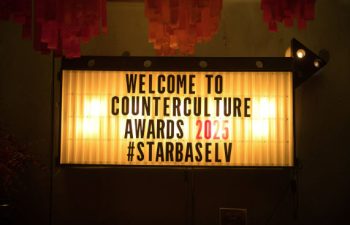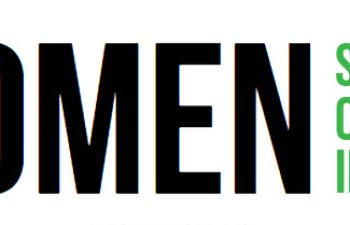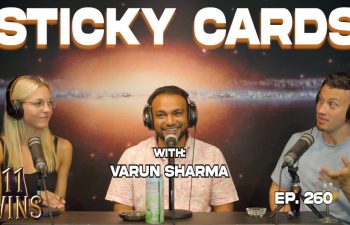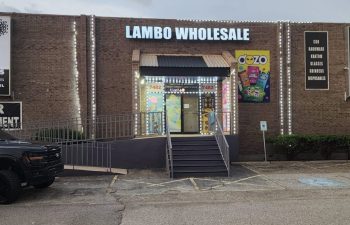Police code? Dylan tune? Cannabinoid count? There are many false origin stories behind the meaning of 420. You’d think with decades of internet and cannabis legalization, most of these myths would have faded. But a combo of cultural and technological factors may have planted the seeds of rumors that took root. We’ll explore them in a moment, but first, who started 420?
A Clear Answer: the Waldos
In 1970, there was a group of friends who hung out by a wall—hence their nickname—at San Rafael High School. The Waldos loved two things: weed and adventures. When they got hold of a “treasure map” that pointed to a trove of pot plants in nearby Point Reyes, CA, they planned to gather every day after school at 4:20 pm by an on-campus statue of Louis Pasteur and head out to hunt for their green gold. Over time, their code phrase to meet up, “4:20 Louis,” became “4:20”. A legend was born.
This history is well-recorded and publicized, but most people are oblivious to it. So, what do many believe?
A Blooming Garden of Theories
Maybe you’ve heard that 420 is a police code for marijuana. This is not true anywhere.
There are 420 compounds in cannabis? Nope.
4/20 is the best day to plant pot? Not a thing.
Bob Dylan has a song called Rainy Day Women #12 & 35. Did you know 12 x 35 = 420? Fun coincidence! Also not relevant.
Bob Marley was born on 4/20, and Jimi Hendrix, Janis Joplin, and Jim Morrison died on 4/20. Think so? Google it. (Exactly).
How about Hitler’s birthday? Sure, der Fuehrer was born on April 20th. But celebrating him would cause a furor among peace-love-and-understanding hippies. Might have been more believable as 801, Jerry Garcia’s birthday.
Speaking of Jerry, he died at 4:23am, pretty close to 4:20, eh? Well, he passed away in 1995, a quarter century after the Waldos had started saying 420.
So how did myths like these spread like…weeds?
Keeping Quiet About Cannabis
Allen Ginsberg may have been right that the bad vibes some people get from marijuana come from fear of punishment. Which means that back in the day, when getting caught with a seed could plant you in prison for a long time, it was better to keep your pot knowledge to yourself.
Coded language has always been common in clandestine subcultures, like Prohibition-era gatherings (e.g. “speakeasies”, “bathtub gin”) and within gay communities (e.g. “Friends of Dorothy”). Similarly, 420 was used to test if you were “cool” and was spoken more in back-alley handoffs and Grateful Dead parking lots.
Now, THC has gone from taboo to table talk. And 420 has shifted from shibboleth to sales holiday. But during the years of Just Say No, why would you bother digging around to find the history of 420? Showing interest in pot culture could put a target on your back. Most would have opted to Just Say Nah.
Low-Information Stoners
Let’s say it’s 1988. You’re baked in a friend’s basement. And someone says that 420 comes from the number of joints the Founding Fathers smoked when writing the Constitution.
How would you verify or debunk this? Check the Funk & Wagnalls Encyclopedia you bought at the grocery store? Ask the librarian if there’s a microfiche collection about cannabis language?

There was nothing. You’d have to find a head shop somewhere or a hippie scene at best, and you still might get a murky answer. How much work would you be willing to put in to figure it out? Probably little.
Today, with a smartphone in your pocket, any myth can be confirmed or denied right away. And even while the web’s a hornet’s nest of conspiracies, you can find evidence about anything to make it a good convo. Someone curious about the history of 420 can sit on the can and learn about the Waldos. Anyone can be an anonymous historian of hemp. No sweat.
Creative Connections Everywhere
Neurons that fire together wire together. Add marijuana to your musings, and you get some particularly creative connections.
Imagine if you were stoned and thought, What if 420 means “for twenty days,” like if you take 420 mg of edibles, you’ll be baked for three weeks? and no one contradicted you.
Eventually, this theory would feel valid. Like the fabled “Mandela Effect,” false memories have a way of spreading and becoming collective truths. Who knows how many individual origin stories sunk in and spread over the decades before they could be investigated with search engines, social media, and AI?
The 420 Picture Becomes Clear
Widespread cannabis legalization and online information have made it harder for wild theories to take hold. And 420 has been gentrified into the canon of cannabis consumerism, which makes the myths less important than the money it makes.
So, these days, while it may be less exciting to come up with your own explanation or spin old yarns, you can appreciate that times have changed. A fog of fake stories has broken.
And yet, if you’re still skeptical and curious to solve the puzzle of 420, a good question to start—and end with—is, “Where’s Waldo?”





















